Investing in Indian stock markets with a long-term perspective is always worth an option. The benchmark Nifty 50 Index has historically generated annualized returns. These returns could easily beat the investment performance of any asset classes over a longer term, say for a minimum 5-year period.
Considering the recent hue and cry about the inflationary environment leading to a global recession, investing in the stock markets from a longer-term perspective would be wiser.
It is also best to keep the risk element in the entire investment strategy within a minimal range. The Nifty 50 Index fund can be a better option to look out for here.
Nifty 50 Index Fund explained.
Passive investing is an investment style without active research or stock picking. It is generally attributable to a fund manager’s skill, such as timing the market or identifying a fundamentally good value opportunity. On the other hand, in passive investing, the fund exposure is mirrored to any of the stock market Indices.
The nifty 50 Index Fund is one good option replicating the NIfty 50 Index. The Nifty 50 Index is a reference index for the performance of the nation’s stock market by tracking the performance of blue chip companies which are its constituents.
Based on the market capitalization of the Top 50 Indian Companies, a Nifty 50 Index Fund allocates its fund capital to equity shares of those companies.
Below are the top 5 stocks in the portfolio constituents of the Nifty 50 Index Fund as of 30th December 2022:
| Sr. No. | Stock Name | Percentage (%) |
| 1. | Reliance Industries Ltd | 10.98 |
| 2. | HDFC Bank Ltd | 8.96 |
| 3. | ICICI Bank Ltd | 7.76 |
| 4. | Infosys Ltd | 6.90 |
| 5. | Housing Development Finance Corporation | 5.94 |
How to get immune to corrections in markets with the Nifty 50 index?
Timing the markets is not an easy task. It is also not recommended as history can very well reflect how the best investors or fund managers have erred on this. One of the best examples can be the COVID period. No one could have imagined a nifty bottom of 8,083.80 points during this period. However, the recovery, too, happened very fast.
To deal with situations similar to the above, two key considerations can be adopted while investing.
- Always invest with a long-term time frame if investing in Index Fund to meet your annualized return targets. In this case, if there is a major dip or correction, do not sell off your investment unless necessary. This is because, normally, the recovery happens within a short time frame, and the overall annualized return targets are achieved in most cases.
- Systematic Investment Plan (SIP) can also be a better alternative to negate the effects of deep corrections. It is also best for meeting the overall return targets over a longer term.
How would an Investment made at current levels perform?
To understand the advantage of long-term investment in the Nifty 50 Index, let us consider a few historical index levels at the market peaks. Also, let us look into the annualized returns from those levels till the current date, with the nifty index closing at 18053.30 on Jan 17, 2023:
| Date of Investment | NIFTY 50 Level on the day of investment | Amount Invested (in Rupees) | CAGR* on the amount invested as of Jan 17, 2023 |
| Nov 30, 2007 | 6047.70 | 100,000 | 7.49% |
| Oct 08, 2010 | 6103.45 | 100,000 | 9.23% |
| Feb 20, 2015 | 8833.60 | 100,000 | 9.45% |
| Jan 25, 2018 | 11069.65 | 100,000 | 10.32% |
| Aug 31, 2018 | 11680.50 | 100,000 | 10.44% |
| July 5, 2019 | 11811.15 | 100,000 | 12.73% |
| Jan 17, 2020 | 12352.35 | 100,000 | 13.47% |
| Feb 12, 2021 | 15163.30 | 100,000 | 9.47% |
| Oct 14, 2021 | 18338.50 | 100,000 | -1.24% |
| Dec 9, 2022 | 18496.60 | 100,000 | -20.31% |
*CAGR stands for Compounded Annual Growth Rate and is an annualized average return over different periods. The above figures are approximate numbers.
The above returns generated on the Nifty Index are far better than many other investment assets. These are also better than idle money sitting in the Savings Bank Account or fixed deposits. Therefore, even if the market corrects from here, the money invested at current levels will generate returns at least good enough to beat inflation in the long run.
How should one invest in the Nifty 50 Index Fund?
Investors can invest in a Nifty 50 Index Fund online through the Asset Management Company’s official website. They can also allocate their funds through various online platforms/mobile applications.
Investing through AMC’s website
Follow the below steps to invest in a Nifty 50 Index Fund through a fund house’s website:
- Go to the official website of AMC.
- Fill in the information required.
- Provide the Aadhar and PAN card details for the e-KYC process.
Invest through Mobile Apps
Additionally, individuals can directly invest in Nifty 50 Index Funds through mobile-based applications. Here’s how:
- Download the respective mobile app.
- Register by providing the required contact information.
- Complete the e-KYC procedure.
On successful verification, one can start investing in any of the Nifty 50 Index Funds available in India via different mobile applications.
Actionables
If we relook at the above explanation and examples, it is quite evident that timing the market is not the best thing to do. After every deep correction or market crash, the recovery has been sharp, and the index has shown new highs.
However, this does not mean that you stay put with a portfolio for ages. There is always a possibility of portfolio rebalancing and reshuffling among asset classes to manage the risk component. This can be done periodically or over a year or so. sign up with koshex
Conclusions
The nifty 50 Index fund stands out as a practical investment option because
- Investors with a long-term horizon can continue investing in equities through the Nifty 50 Index fund without timing the market.
- Also, it is best for the one with some scope to make 80C investments apart from the existing eligible investment outflows to consider investing in the Nifty 50 Index fund, an ELSS tax saver Index fund.
Frequently Asked Questions (FAQs)
1. What is a tracking error?
Tracking error percentage is a difference in percentage returns from the Index Fund and the benchmark index. Therefore, monitoring error percentages explains how well a fund manager can track the benchmark index. In an ideal scenario, the Index fund return should not deviate much from the benchmark index return.

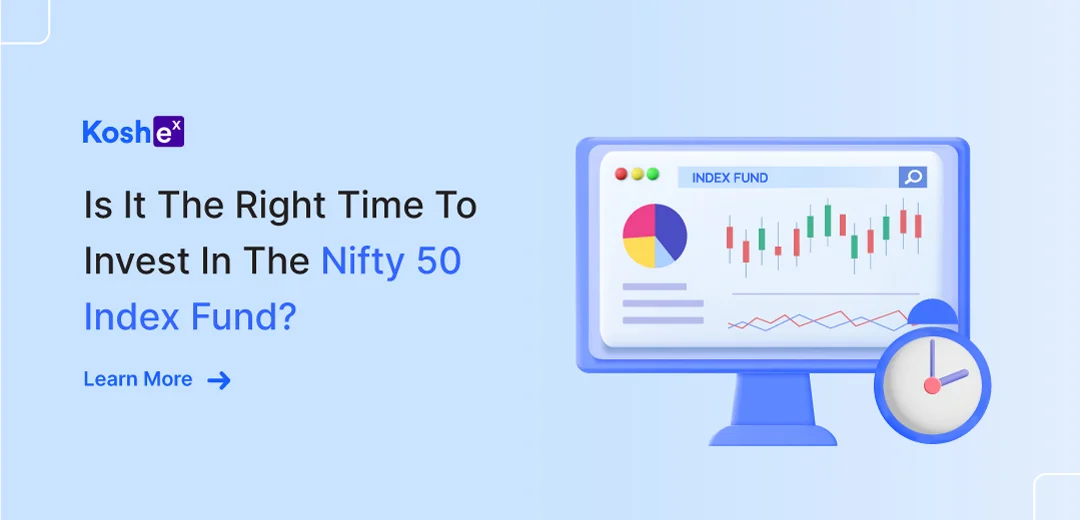

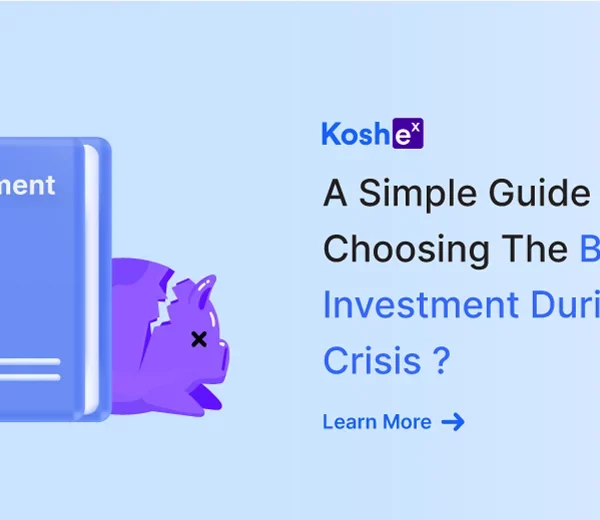
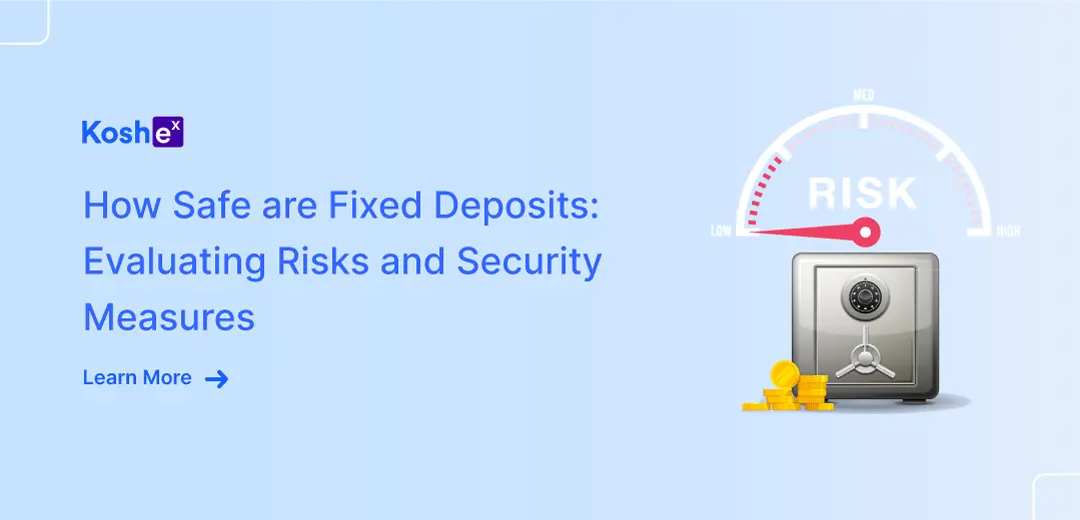
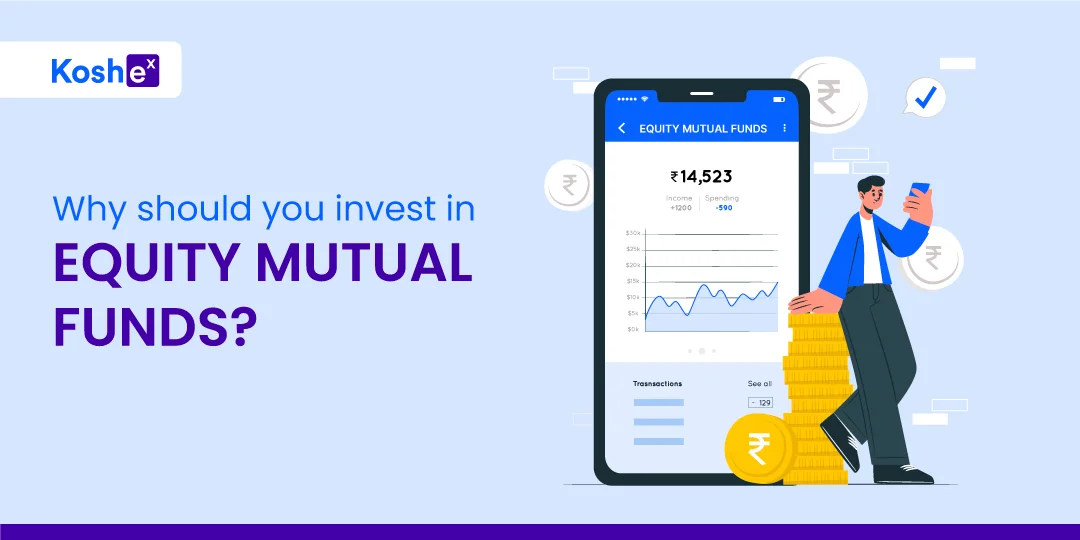
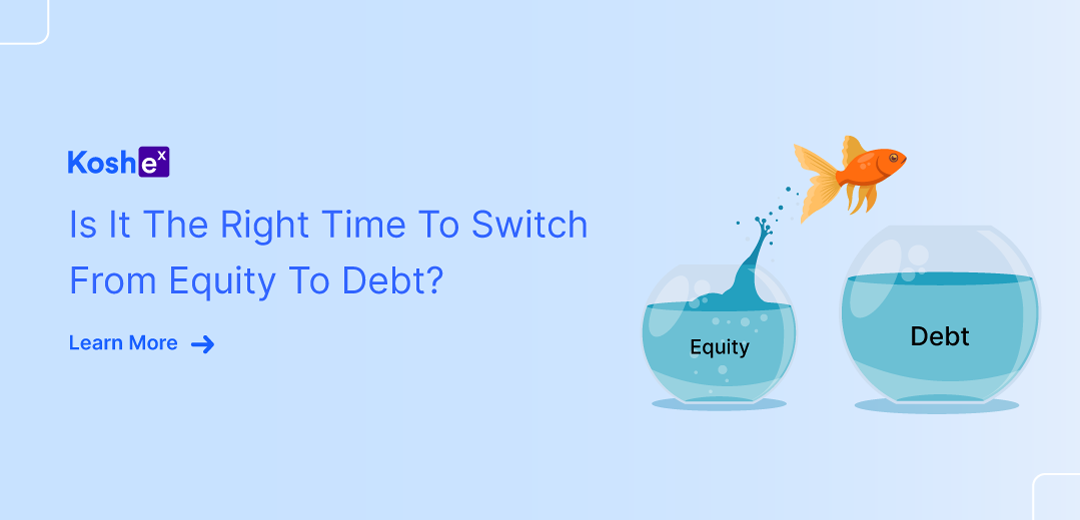


Leave a Comment